Good News! 7 Positive Environmental Stories From July 2022

Get news, updates, & event Info delivered right to your inbox:
7 Good Environmental News Stories From The Past Month That Will Make You Smile
Summer is flying by, and we'll be sad to see it go. But with it comes more good news ranging from new coral discoveries to empowering women in agroforestry, improved cyclone predictions and the restoration of horseshoe crabs. Clear your mind of all the tough stuff that tends to flood your news feed, and take some time to focus on the positive side. 🌞
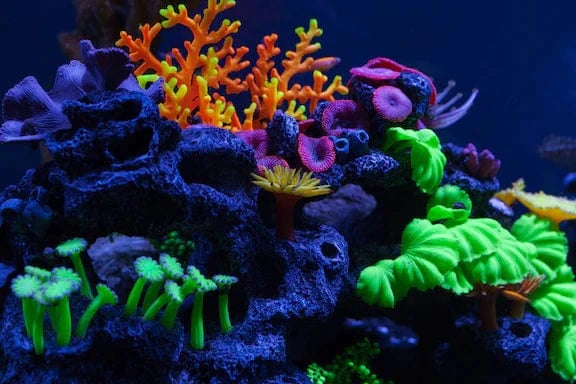
Scientists Discover 3 New Species of Coral
Scientists have recently discovered 3 new species of sun coral that range in color from orange to violet and green. This discovery will increase the number of known species from 7 to 10. Found off the coast of islands in waters east of Hong Kong, these "new" sun corals reveal just how little we know about what species may be awaiting underwater discovery. Sun corals are unlike other colorful corals because they don't build reefs, they live up to 98 feet underwater, and they use their tentacles to capture zooplankton as food. In-tree-esting turn of events, one bright orange species is named Tubastraea dendroida after its unique shape — similar to a tree’s branches!

Farmers in Nepal Are Returning to Agroforestry Practices
Farmers in many parts of Nepal have decided to return to traditional practices of agroforestry. After the green revolution, many farmers throughout Nepal transitioned to monoculture, which encouraged them to remove trees that were taking space away from crops. The renewal of agroforestry reminds many farmers about the importance of allowing the elements on farms to work together. World Neighbors, an organization in Nepal that supports agroforestry and empowers women, is thriving in its mission across Nepal. During the heights of the pandemic, agroforestry helped to provide a more consistent harvest for families.
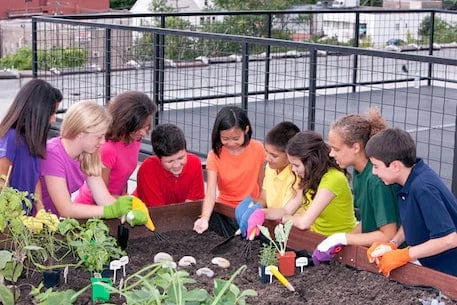
Nature and Plant Life Positively Impact Children
Studies have proven that children who live in areas with more vegetation and plant life are more active. This was one of the first studies to focus on how urban life is impacting the habits of children aged 6-11. Of those surveyed, the children who had access to more natural outdoor space got more sleep and were more likely to perform a physical action when getting to school, such as riding their bikes or walking! Researchers hope that the results will have a positive impact on future urban planning.
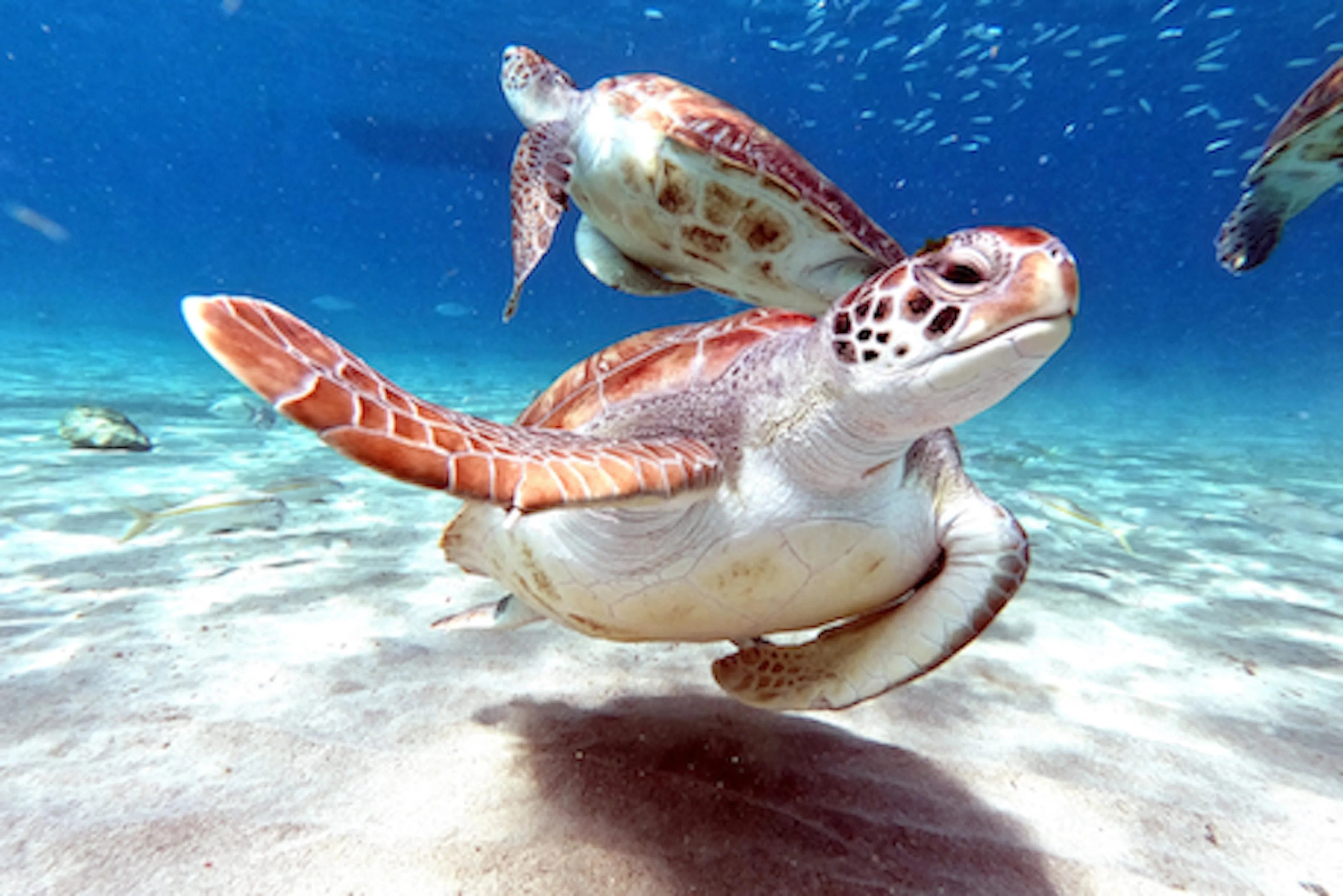
Sea Turtles and Satellites Are Providing Important Information About Cyclones
For a few decades now, scientists have been satellite tagging sea-loving animals to collect data about the ocean. In an effort to gain more comprehensive data than stand-alone buoys could provide, researcher Oliver Bousquet attempted to tag birds. When this attempt didn't work (the satellites weighed down the birds), he turned to sea turtles. Due to their instinct to return to certain areas, sea turtles make it easy for researchers to recover the data. Because they lie just below the water level, sea turtlers are able to feel the energy that powers a cyclone well before it reaches them. There are currently 80 sea turtles that have been humanely tagged and are providing data about potential cyclones!
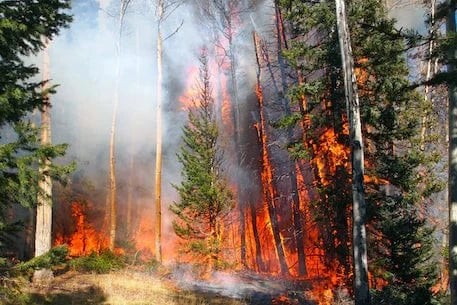
Preparation is Great Protection Against Forest Fires
As the Washburn forest fires made their way towards the giant sequoias in Yosemite National Park, many were devastated at the thought of losing such magnificent and historic trees. Tree lovers dread the news of new fires that lead to the loss of more forests. Yosemite has a very well-established fire program that includes treating the grove with well-managed fires every few years. Unfortunately, a ring around the Mariposa Grove within Yosemite had not been burned recently, leading the fire to burn very intensely in that area. As the fire hit the edge of the grove, it dropped down due to the preparation and careful management of the grove. Using this knowledge, we can see how proper preparation can help to reduce the damage or even save the trees in a fires' path. As of now, the Mariposa Grove appears to be safe.
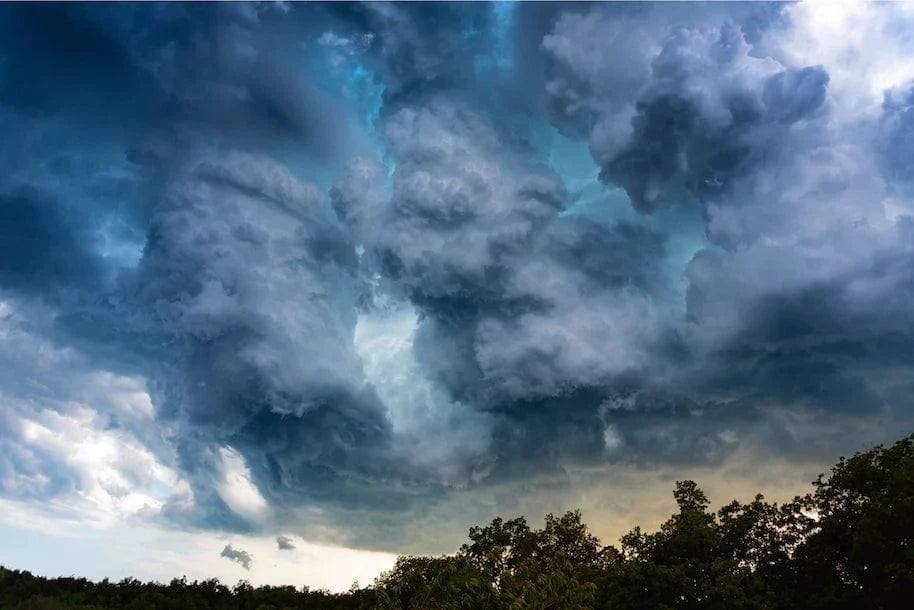
Weather is Bringing Artists Together to Raise Awareness About the Climate Crisis
As the weather becomes a more polarizing topic, 28 art organizations around the world have come together to join the discussion. The World Weather Network has asked artists to help make sense of the climate crisis through creativity. At weather stations around the world, the artists will be creating weather reports to show how they relate to climate change. Not only does this project focus on the importance of the climate crisis and bring awareness to it, the project itself is environmentally conscious. Due to the number of weather stations around the world, the artists are able to work close to home rather than flying all over the world. As the project arose during the pandemic, the virtual aspect is important to ensure that the art can be experienced through digital platforms. The project began during the summer solstice and is expected to run through June 2023.
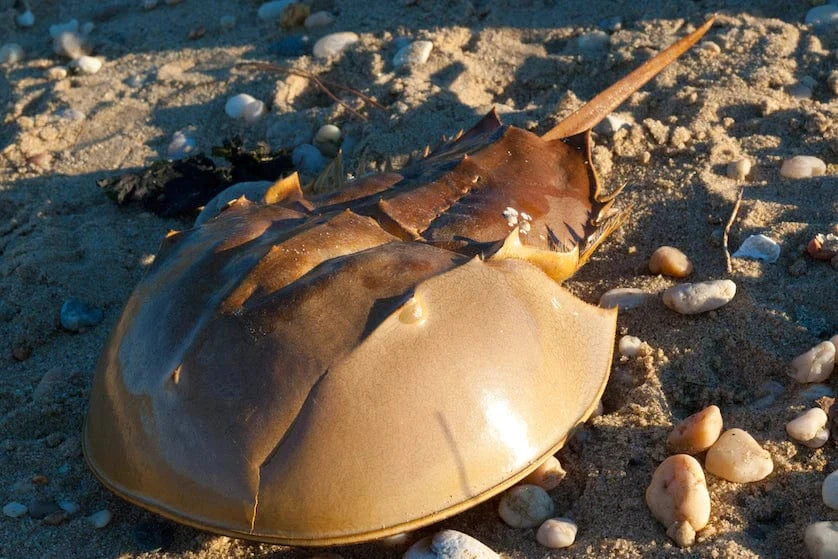
Horseshoe Crabs Are Being Protected and Thriving
From a spiky tail, a hard shell to protect them and 8 pinchers, horseshoe crabs are born with their own set of armor and have had an evolutionary advantage for over 400 million years. They've been able to survive many things, but humanity might prove to be one of their hardest battles yet. Due to overfishing and their use in medical treatments, their numbers are dwindling. The horseshoe crab’s blood can be used to help with clotting due to a clotting agent within their blue blood that is very rare. In many parts of Asia where they are obtaining this blood, they do not just take a portion, but they drain the crab of all its blood, killing it. In the Philippines, the horseshoe crab symbolizes resilience, and now the area is a safe haven for them. Restoring reefs and trees will lead to the return of the crab and, hopefully, this return will inspire people to be more observant of the wildlife.
Hungry for more positivity? We've got plenty more good news stories from the past year. And if you're feeling inspired to create some good news of your own, consider planting trees today!
Get news, updates, & event Info delivered right to your inbox:
Related Posts
9 Sustainable New Years Resolutions
18/12/2025 by Meaghan Weeden
Inspirational Quotes About Trees
16/12/2025 by Meaghan Weeden
The 9 Oldest, Tallest, and Biggest Trees in the World
11/12/2025 by One Tree Planted
Popular On One Tree Planted
Inspirational Quotes About Trees
16/12/2025 by Meaghan Weeden
The 9 Oldest, Tallest, and Biggest Trees in the World
11/12/2025 by One Tree Planted
What Causes Deforestation?
10/07/2025 by Meaghan Weeden
Fundraising Disclosures

Be Part of the
Restoration Movement
The Grove is more than just a monthly giving program: it's a vibrant community of individuals who are dedicated to reforestation and environmental restoration on a global scale.
As a member of The Grove, you affirm your commitment to restoring forests, nurturing biodiversity, and fostering positive global change.



